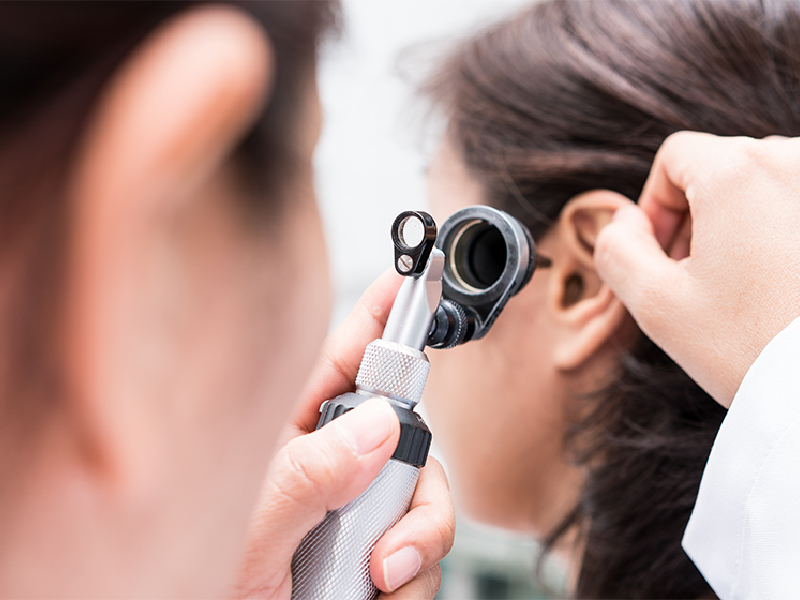
Diagnosis and Treatment of Hearing Problems
Hearing Problems: Diagnosis and Treatment Methods
Hearing is a fundamental sense for an individual to communicate with their environment. However, hearing loss that occurs for various reasons can seriously affect quality of life and social relationships. Today, most hearing problems can be managed successfully with early diagnosis and correct treatment methods.
What is Hearing Loss?
Hearing loss is the condition in which sound is partially or completely incapable of being perceived. The degree of loss can range from mild to severe and is generally divided into the following types:
Diagnostic Methods
A detailed ear examination and some special tests are performed to determine the cause of hearing problems:
The following treatment options can be applied depending on the type and degree of hearing loss after diagnosis:
The earlier hearing loss is detected, the more successful the treatment process will be. Since hearing problems, especially in children, can directly affect speech and learning development, regular check-ups are of great importance.
Hear the Silent Messages Coming from Your Ears Hearing problems are health problems that should not be neglected. Early diagnosis and appropriate treatment are the most important steps to take to protect your ear health and improve your quality of life.
Hearing is a fundamental sense for an individual to communicate with their environment. However, hearing loss that occurs for various reasons can seriously affect quality of life and social relationships. Today, most hearing problems can be managed successfully with early diagnosis and correct treatment methods.
What is Hearing Loss?
Hearing loss is the condition in which sound is partially or completely incapable of being perceived. The degree of loss can range from mild to severe and is generally divided into the following types:
- Conductive hearing loss: Caused by problems in the outer or middle ear (earwax, eardrum perforation, otitis media, etc.).
- Sensorineural hearing loss: Caused by damage to the inner ear or auditory nerve (aging, exposure to loud noise, genetic causes, etc.).
- Mixed hearing loss: A condition in which both conductive and sensorineural problems are seen together.
- Needing to have people repeat what they say
- Listening to the television at a high volume
- Inability to distinguish speech in crowded environments
- Ringing (tinnitus)
- Avoiding social environments and difficulty in communication difficulty
- Speech delay or attention deficit in children
Diagnostic Methods
A detailed ear examination and some special tests are performed to determine the cause of hearing problems:
- Audiological tests (hearing test)
- Tympanometry (middle ear pressure measurement)
- BERA (Auditory Brainstem Response Analysis)
- Otoacoustic Emission (OAE) test – especially used in newborn screenings
The following treatment options can be applied depending on the type and degree of hearing loss after diagnosis:
- Drug therapy: Hearing loss caused by infection, inflammation or allergy loss
- Surgical intervention: Procedures such as eardrum repair, tube insertion, otosclerosis surgery
- Hearing aids: To strengthen sounds in mild and moderate losses
- Cochlear implant: Electronic device placed in the inner ear in severe and irreversible hearing loss
- Rehabilitation and speech therapy: Especially to support development in children
The earlier hearing loss is detected, the more successful the treatment process will be. Since hearing problems, especially in children, can directly affect speech and learning development, regular check-ups are of great importance.
Hear the Silent Messages Coming from Your Ears Hearing problems are health problems that should not be neglected. Early diagnosis and appropriate treatment are the most important steps to take to protect your ear health and improve your quality of life.


